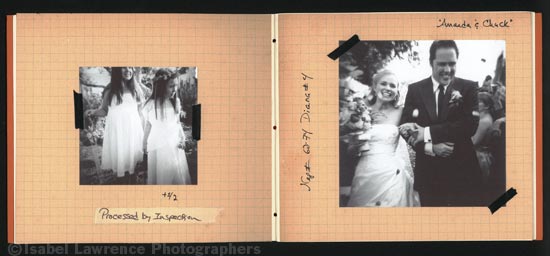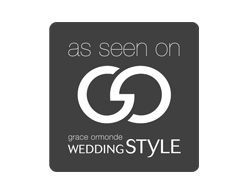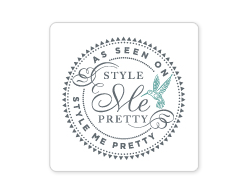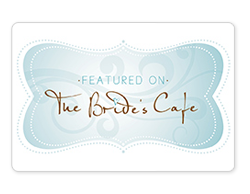What’s so special about toy cameras?
If you’ve been reading this blog for a while then you know about our love of alternative cameras. Larry and I wouldn’t think of taking a trip without an arsenal of plastic and pinhole cameras. We used these cameras on our first wedding 14 years ago and often joke that of all the expensive, state of the art equipment we use to photograph an event, we would rather lose all of the fancy schmancy stuff rather than our taped up, scuffed up toy cameras. The reason being that each plastic camera has it’s own quirky personality. One might have a sharper lens or another might have the perfect amount of vignetting. To find the perfect combination is sort of like finding gold. That and the fact that all of the moving parts are plastic and thus susceptible to breaking make these cameras extremely valuable to us.
So what exactly is a plastic or toy camera? Basically, it’s a point and shooter that takes medium format film. The negatives are square and about 2 ¼” x 2 ¼.” There are many brands out there but the most popular are the Holga and Diana. Everything is made of plastic, including the lens. There are no shutter speeds or f/stops to adjust. The only way to control how much light hits the film plane is by twisting the lens or flicking a little lever so that it clicks on a shady or sunny icon. This supposedly allows for more or less light getting in but I’m a bit dubious about the voracity of this feature. Still, the little sun and cloud graphic are awfully cute looking and it does impart the photographer with a certain sense of control over the exposure even if it is a false one. Which brings me to the most fun aspect of photographing with a plastic camera…the complete lack of technical control.
To shoot with a plastic camera is to leave yourself open to chance and whimsy. You have to give into its quirks and accept that sometimes the results will be magical and sometimes, not so much. You also, (insert gasp here) can’t instantly look at a screen on the back of the camera and make adjustments. Belief in yourself and your little plastic cohort are a necessity. Conversely, you can’t take yourself or your craft too seriously – remember the point is to be free and have fun!
If you’d like to give these types of cameras a try, and trust me, you will fall utterly in love if you do, they can be purchased at Urban Outfitters and the Lomography Store. Old, originals can also be found on eBay, but be warned that sometimes you can get a lemon that doesn’t wind the film correctly or leaves deep scratches on your film. I would recommend buying one at a place with a good return or exchange policy. Film can be purchased at Samy’s Camera, Calumet Photographic or online at B&H Photo and of course Robert Cavalli at Still Moving Pictures will make sure that if you choose to use black and white film, it will be processed perfectly and printed beautifully.
If I’ve piqued your interest, contact the studio to set up a private tutorial session. In addition to providing cameras for your use, as well as film and processing, we’ll divulge our closely guarded tricks and techniques guaranteed to give you great results. Put away your digital camera for the afternoon and try something a little different. I promise it will open you up to a whole new way of seeing the world.





